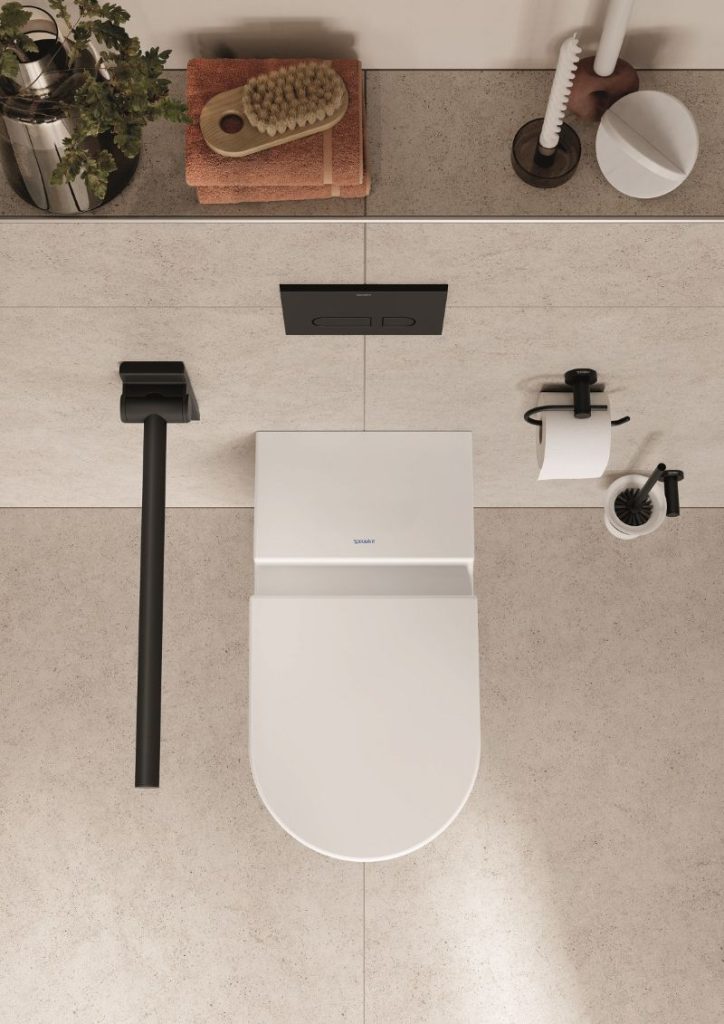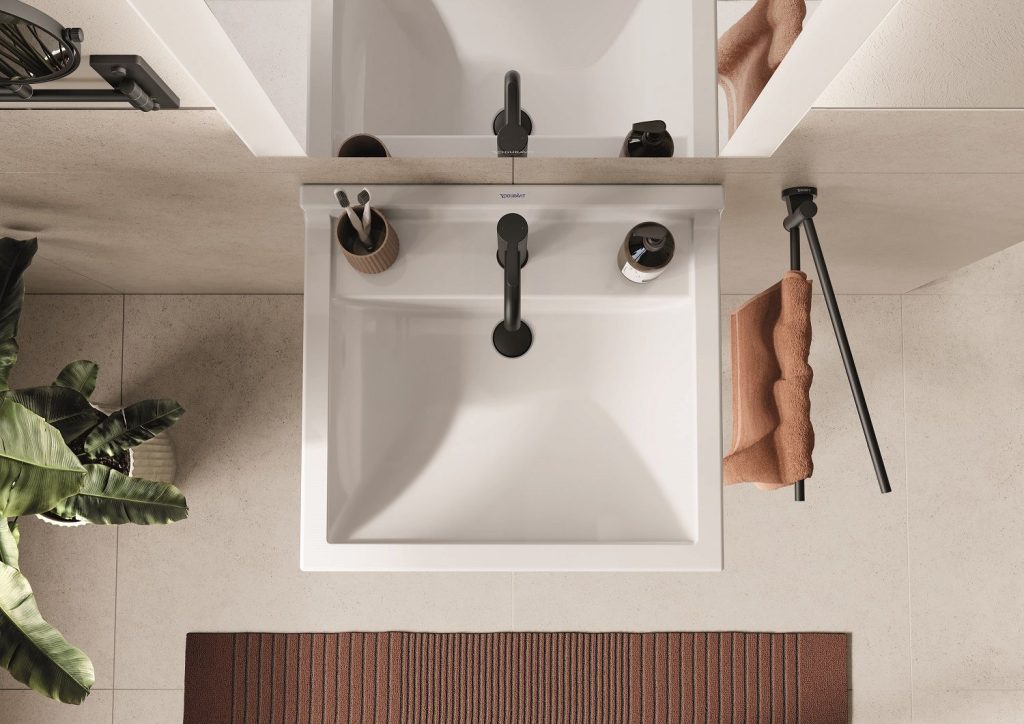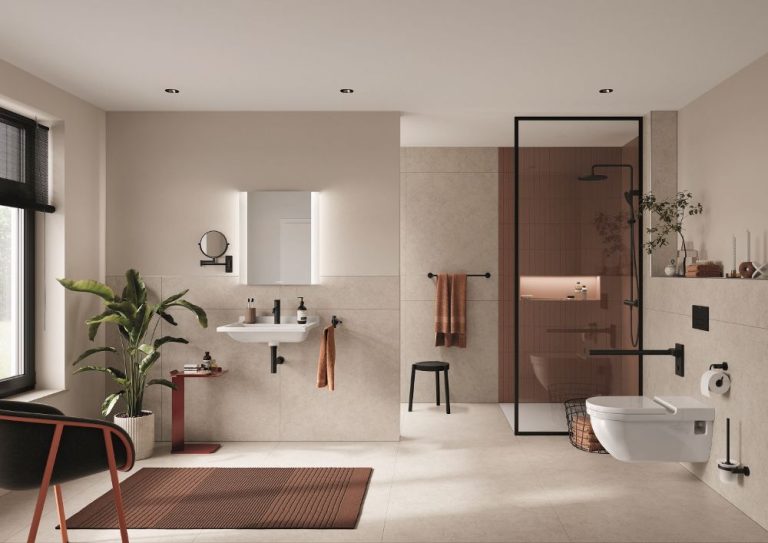Wisely planned, today’s comfortable bathroom can become tomorrow’s age-appropriate or even accessible bathroom. Comfort, flexibility, and safety can coexist with sophisticated design and a welcoming atmosphere.
Therefore, it makes sense to think of the future during any bathroom renovation. There are an increasing number of people who wish to continue living autonomously in their homes as they grow older, or if they become disabled. Surveys suggest that the bathroom may be the most essential room in the house in terms of features suitable for older or disabled individuals.
Between necessity and free expression: accessible bathroom features
Guidelines on how to design an accessible bathroom exist in many countries. For example, in Germany, a bathroom in a public building must be DIN 18040 compliant to attract funding and be deemed accessible. The main requirement is sufficient space to move freely or manoeuvre a walking frame or wheelchair. It is also essential to remove or lower the heights of thresholds and access points.
Showers such as the Sustano and Tempano ranges from Duravit that are flush with the floor are crucial, and an accessible bathroom should be wheelchair-accessible beneath the washbasins, as is the case for models
Duravit D-Code Vital, DuraStyle Vital, or Starck 3 Vital. And into the mix, contactless faucets such as Sensor 1 from Duravit, which make everyday life easier. Toilets with a raised sitting position and a projection of 700 mm enhance the quality of life for people with limited mobility.

Other essential elements for an accessible bathroom include grab bars and support rails, as well as non-slip floor covering. Doors should be wide enough and open outward, especially for wheelchair users. Bright lighting makes it easier to navigate.
Comfort that grows with you – multi-generational planning
However, relying solely on standards to manage this complex topic is insufficient. An assessment and future-oriented planning based on an individual’s needs is valid here, as a multi-generational bathroom with accessible elements can then be adapted to the users’ needs in later phases of life. It is designed to be welcoming and aesthetically appealing – a feel-good space that seamlessly integrates accessibility. As a comprehensive bathroom manufacturer, Duravit offers a range of design products that encompass both inclusive and attractive bathroom designs.
Universal design: when beauty knows no bounds
The principle of “universal design is geared toward the same approach: rooms should be designed to be accessible for everyone while still being aesthetically appealing, for greater inclusion and quality of life. Duravit offers a comprehensive product range that intelligently combines function, form, and emotional impact, supporting planners, architects, and private developers. After all, a beautiful bathroom knows no barriers.

*According to a representative study conducted by the German Sanitary
Industry Association (Vereinigung Deutsche Sanitärwirtschaft, VDS) in conjunction with the Forsa Institute, 95 per cent of respondents consider age-appropriate bathroom design to be important or very important in enabling autonomous living for older people. The fact that 66 per cent consider such features to be “very important”, with even 60 per cent of 18 to 29-year-olds agreeing with this opinion, deserves special mention.
(Source: Trends, Talks and new products – Accessible bathroom Campaign)


